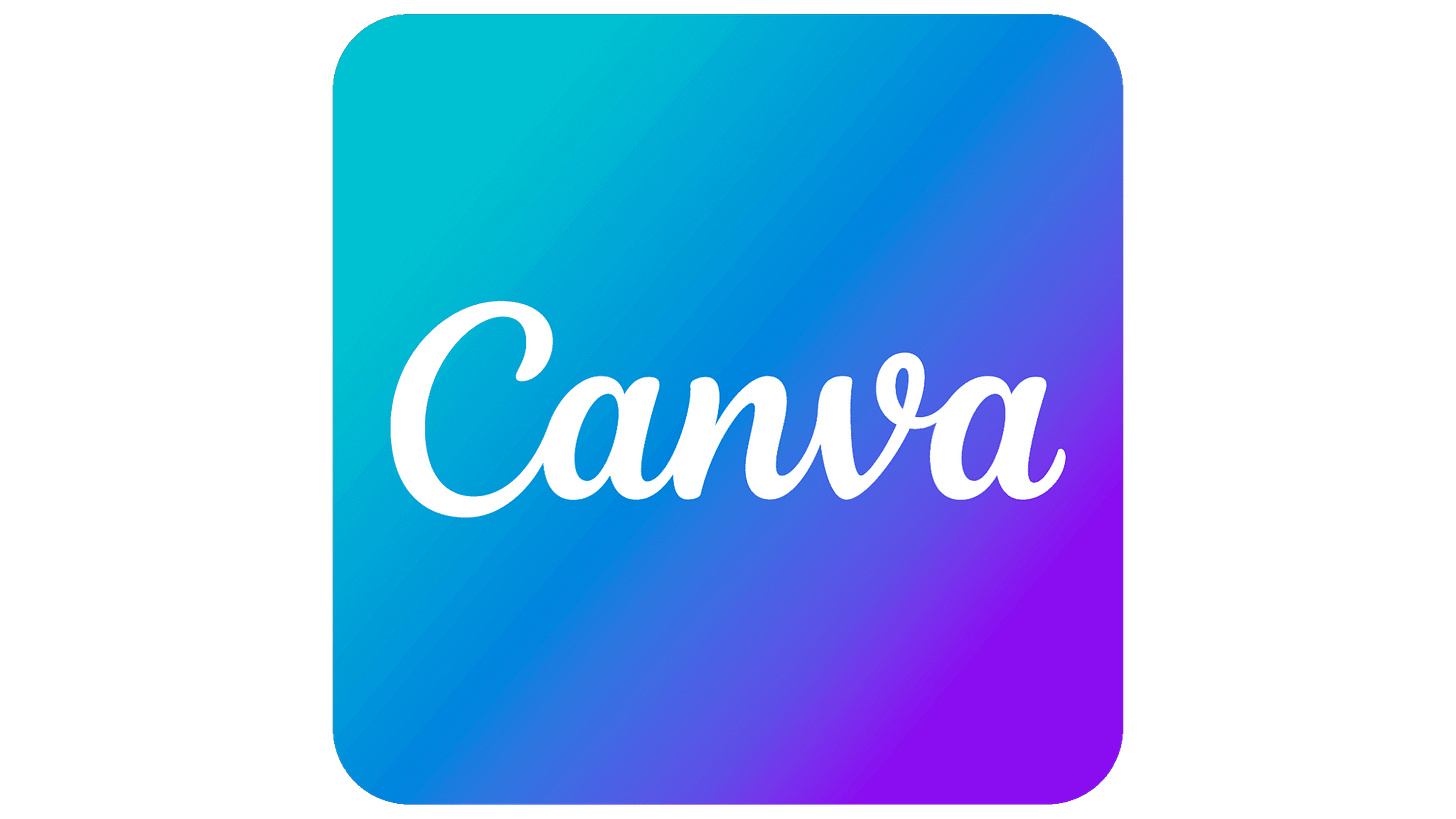Canva Code: Making Software Accessible to All
Canva's spectacular growth stems from two core competitive advantages: building intuitive products that make complex tasks simple, and distributing those products through product-led growth.
The spectacular growth of Lovable and Bolt demonstrates that technology is now ready to democratise software development. While these startups have an early lead, Canva's proven playbook makes them uniquely positioned to win this market long-term. Which is why I was so excited to watch the launch of Canva Code this morning.
How Canva Brought Design to the Masses
A decade ago, creating professional-looking designs required downloading expensive, complex software and spending hours learning it. Graphic design was the exclusive domain of professionals who had spent years honing their craft. Canva changed this narrative by making design accessible to everyone with an internet connection.
They accomplished this through a simple but powerful approach: starting with what users need, not what experts want. Instead of beginning with a blank canvas, Canva offered a massive library of templates—flyers, social posts, presentations—that addressed specific user needs. These weren't just visually appealing; they were purposefully designed to help users achieve their specific goals.
This template-first approach reduced the intimidation factor, but Canva went further with intuitive drag-and-drop editing. While traditional tools demanded understanding of layer masks and color profiles, Canva simplified these concepts into straightforward actions. Want to change a background? Just drag over a new image. Need to resize a photo? Click and drag the corner. By removing friction at every step, Canva ensured more people completed their designs and actually enjoyed the process.
The Same Playbook Works for Software Creation
The parallels between design democratisation and software democratisation are striking. Just as design was once restricted to professionals, software creation remains largely inaccessible to most people. Canva can apply their proven playbook to this new frontier:
Instead of templates, Canva could offer "Blueprints"—starter projects for common software needs like booking systems, e-commerce sites, or blogs. Users would begin with inspiration from successful products the community has built, rather than facing the intimidation of a blank slate.
The drag-and-drop paradigm that worked for design elements could extend to software components. Users could visually add payment modules or scheduling calendars just as easily as they now add images to a design. When customisation is needed, natural language interfaces could allow users to describe changes in plain English rather than requiring knowledge of React or Python.
Enhancing this approach, users could screenshot existing web apps they admire, and AI could interpret those screenshots to customise software accordingly, bringing the visual inspiration process that works in design into software development.
Leveraging Canva's Distribution Engine
What truly sets Canva apart isn't just its product approach but its distribution advantage. With 230 million monthly active users and continuing rapid growth, they've built a viral engine that reaches millions with minimal marketing spend.
Their community of creators and template makers represents a valuable ecosystem that could translate perfectly to software development. In this new context, pre-built components and templates would be even more valuable, creating a marketplace where citizen developers share and sell software components and establishing a powerful innovation flywheel.
Canva's enterprise presence provides another advantage. With contracts already in place with 95% of Fortune 500 companies, they have direct access to organisations that need internal tools. While companies like Retool have demonstrated demand for no-code internal tooling, Canva could leverage existing relationships to give customer support teams the tools to build dashboards or sales teams to create pipeline visualisations.
Canva succeeded because the founders deeply understood how people want to express themselves visually. This focus on making complex tools simple positions them perfectly to transform software creation from an exclusive technical skill into something anyone can do, just as they did with design.

